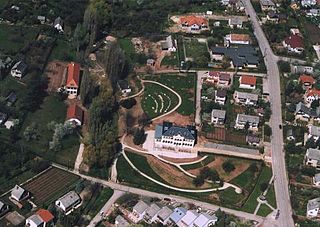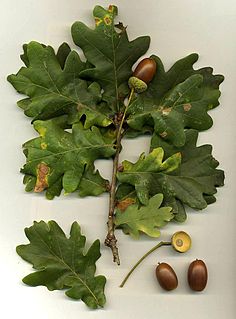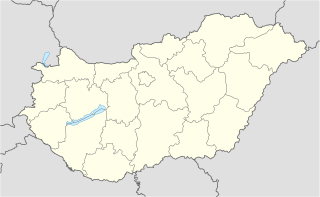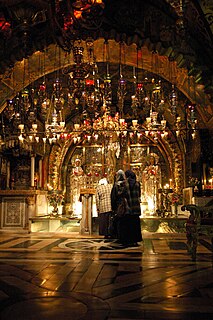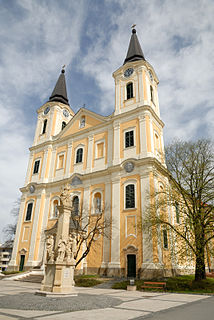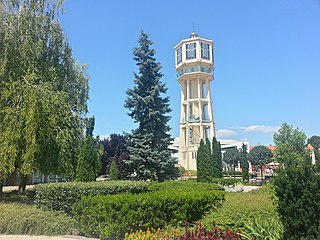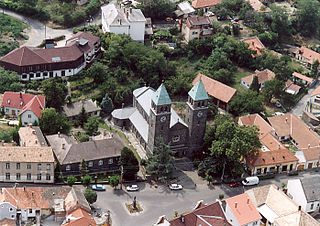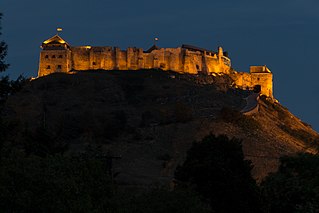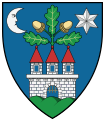Paloznak | |
|---|---|
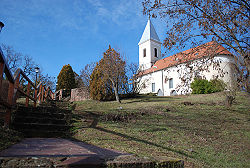 View of Paloznak | |
| Coordinates: 46°59′01″N17°56′30″E / 46.98368°N 17.94175°E | |
| Country | Hungary |
| County | Veszprém |
| Government | |
| • Mayor | Czeglédy Ákos |
| Area | |
| • Total | 8.8 km2 (3.4 sq mi) |
| Population (2017) | |
| • Total | 438 [1] |
| Time zone | UTC+1 (CET) |
| • Summer (DST) | UTC+2 (CEST) |
| Postal code | 8229 |
| Area code(s) | 87 |
| Website | www |
Paloznak is a village in the region of Balatonfüred, Veszprém county, Hungary. It was first mentioned in the Veszprém Valley Monastery's Deed of Gift around 970 a. D. According to archaeological findings the place was inhabited since 5000 years. According to the 2001 census, population is about 401 people (2008 estimation is 440). The village is famous about preserving the traditional settlement structure of the Balaton-highlands. Locals make a living from wine and tourism.

A village is a clustered human settlement or community, larger than a hamlet but smaller than a town, with a population ranging from a few hundred to a few thousand. Though villages are often located in rural areas, the term urban village is also applied to certain urban neighborhoods. Villages are normally permanent, with fixed dwellings; however, transient villages can occur. Further, the dwellings of a village are fairly close to one another, not scattered broadly over the landscape, as a dispersed settlement.

Balatonfüred is a resort town in Veszprém county, in Hungary, with a population of 13,000, situated on the northern shore of Lake Balaton. It is considered to be the capital of the Northern lake shore and is a yachting destination. It is also a location for fishing, carp being the most common catch, although the introduction of eels and other non-indigenous species has caused ecological damage in recent years.

Hungary is a country in Central Europe. Spanning 93,030 square kilometres (35,920 sq mi) in the Carpathian Basin, it borders Slovakia to the north, Ukraine to the northeast, Austria to the northwest, Romania to the east, Serbia to the south, Croatia to the southwest, and Slovenia to the west. With about 10 million inhabitants, Hungary is a medium-sized member state of the European Union. The official language is Hungarian, which is the most widely spoken Uralic language in the world, and among the few non-Indo-European languages to be widely spoken in Europe. Hungary's capital and largest city is Budapest; other major urban areas include Debrecen, Szeged, Miskolc, Pécs and Győr.





